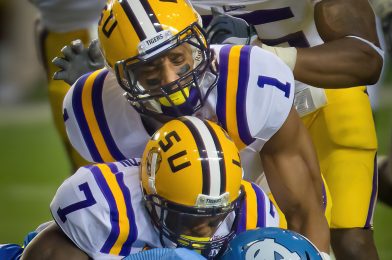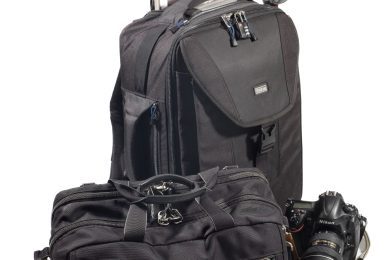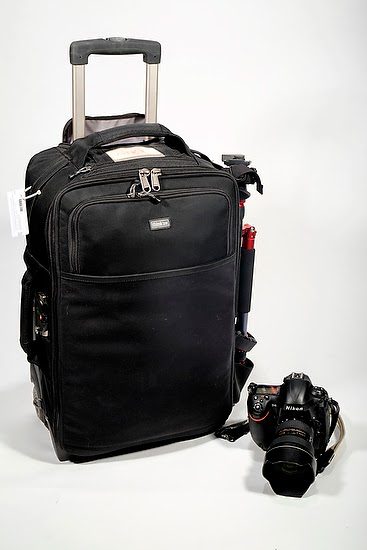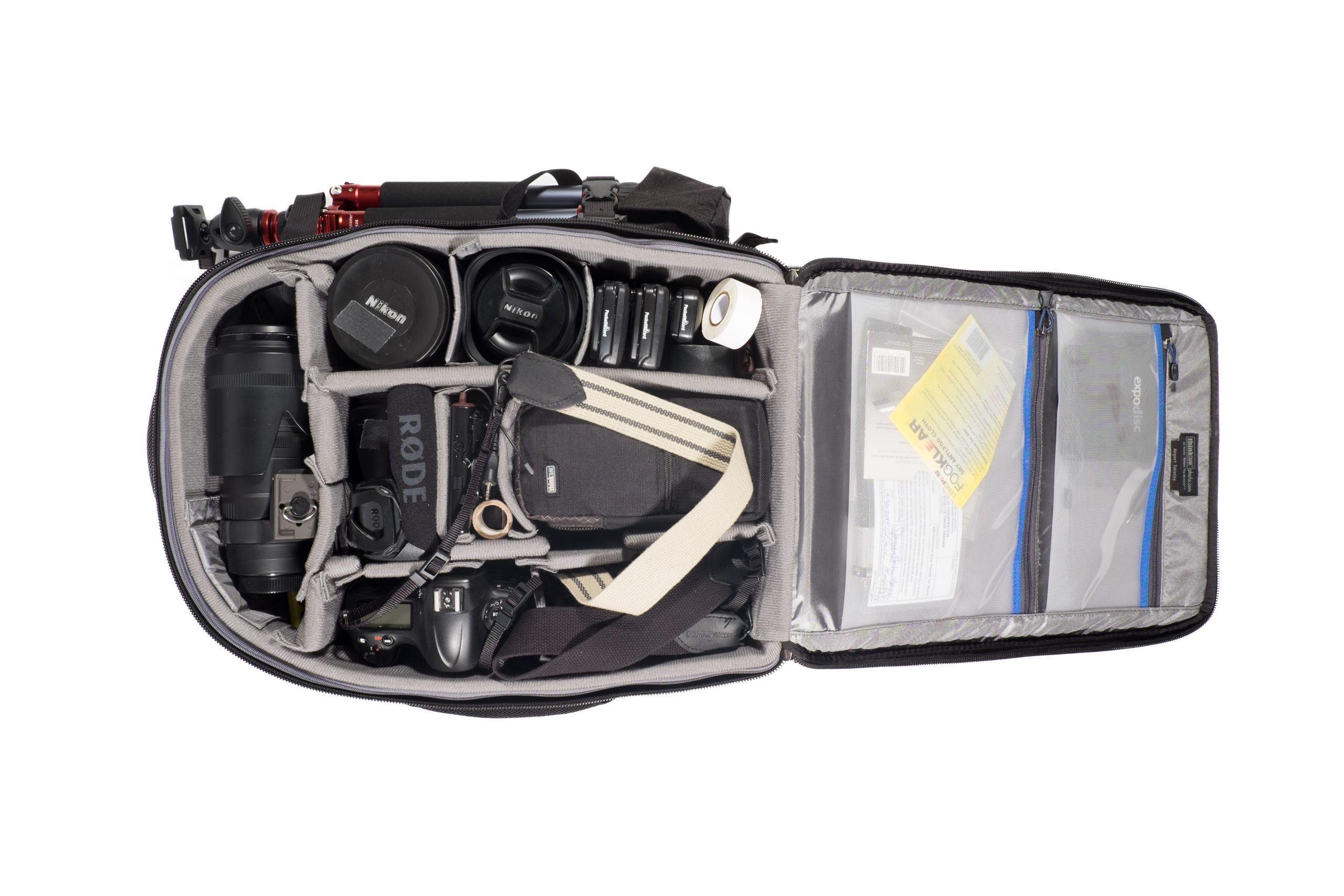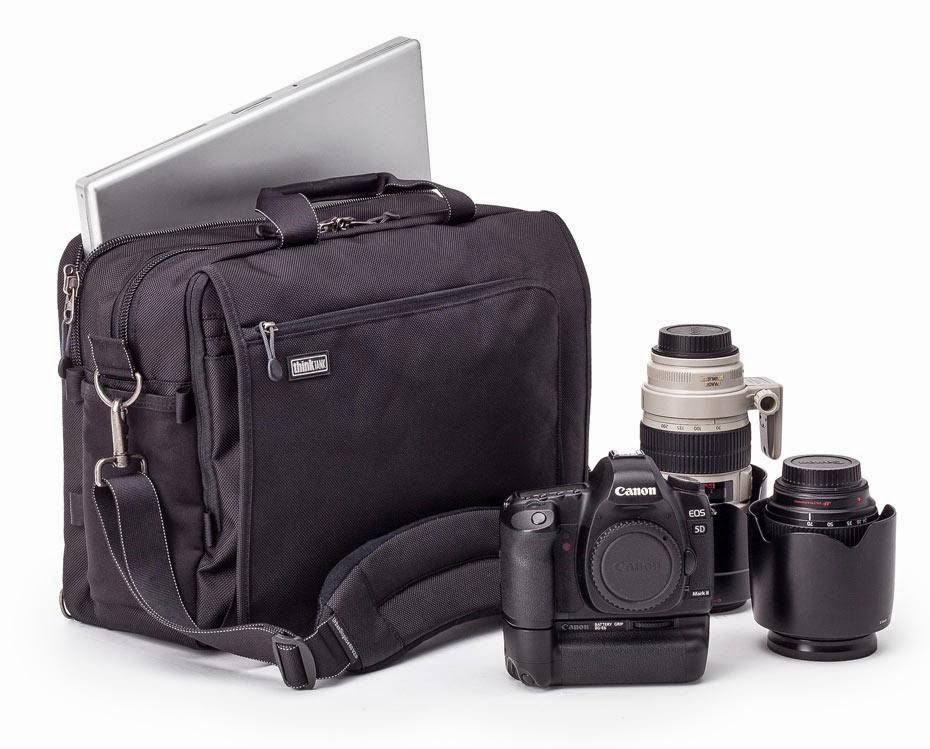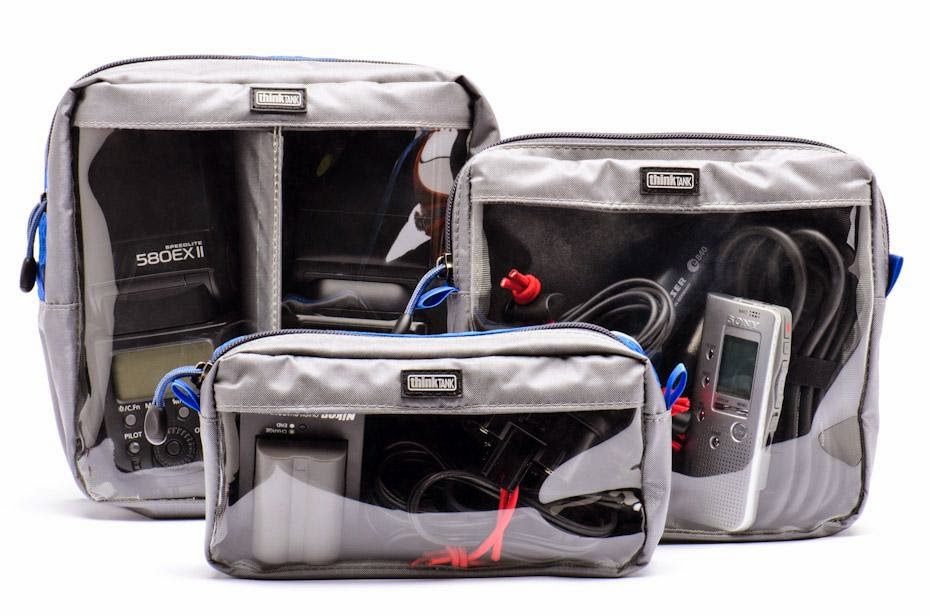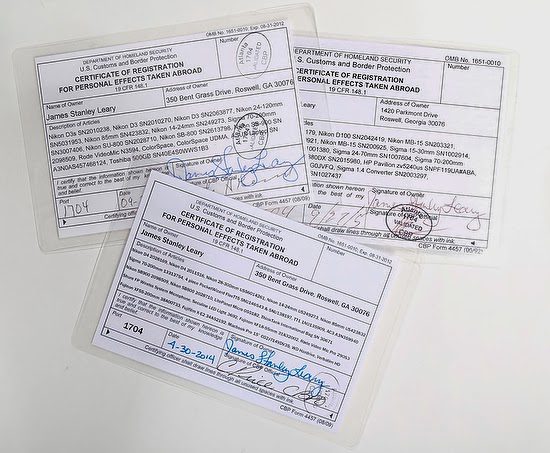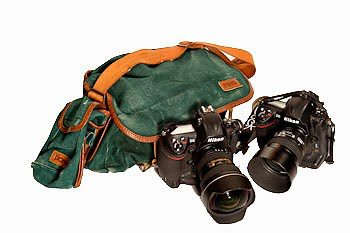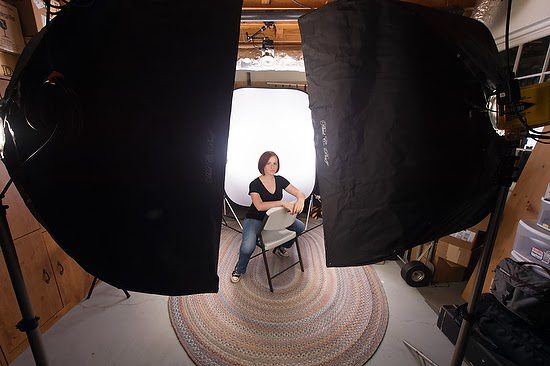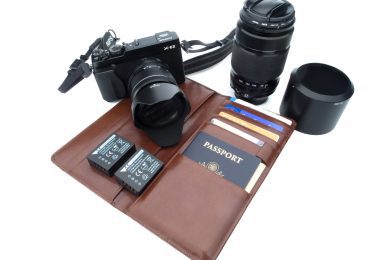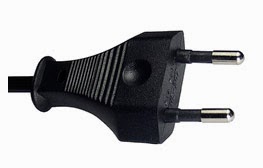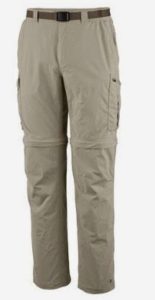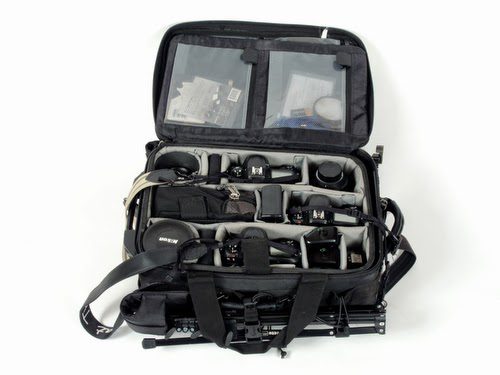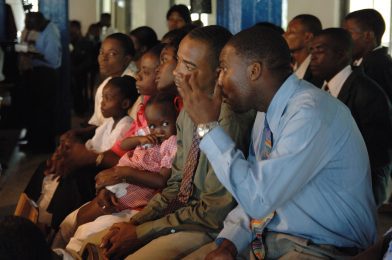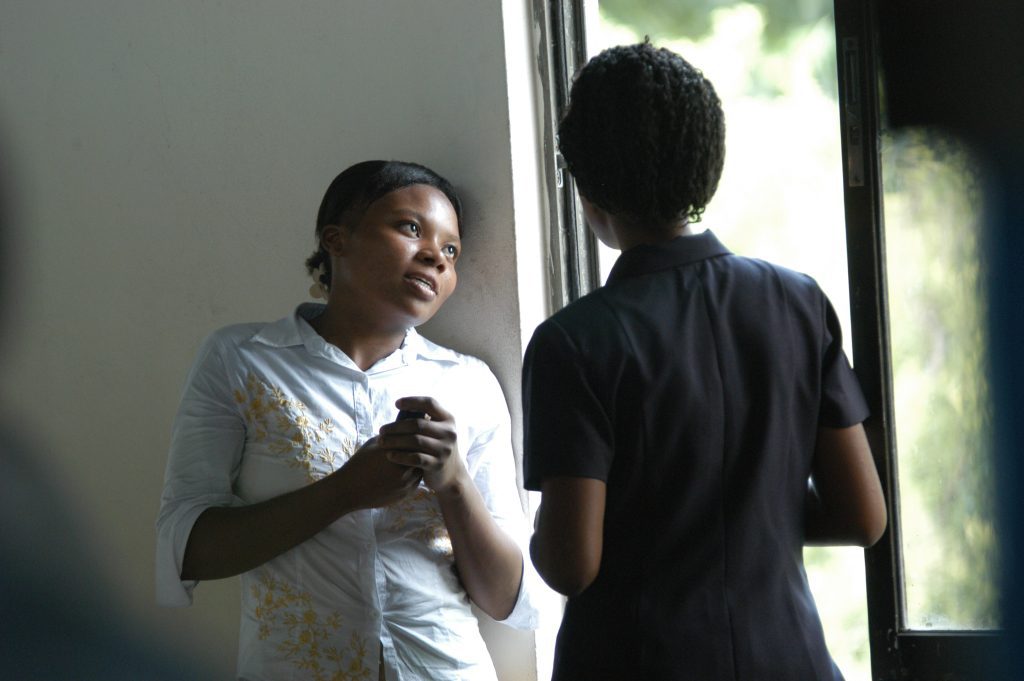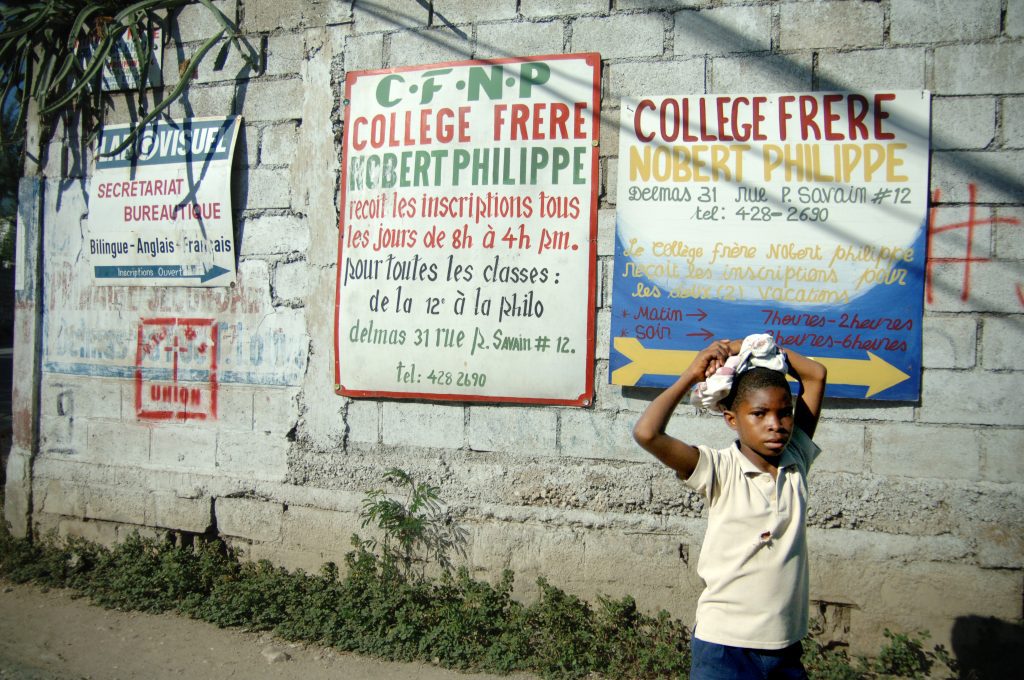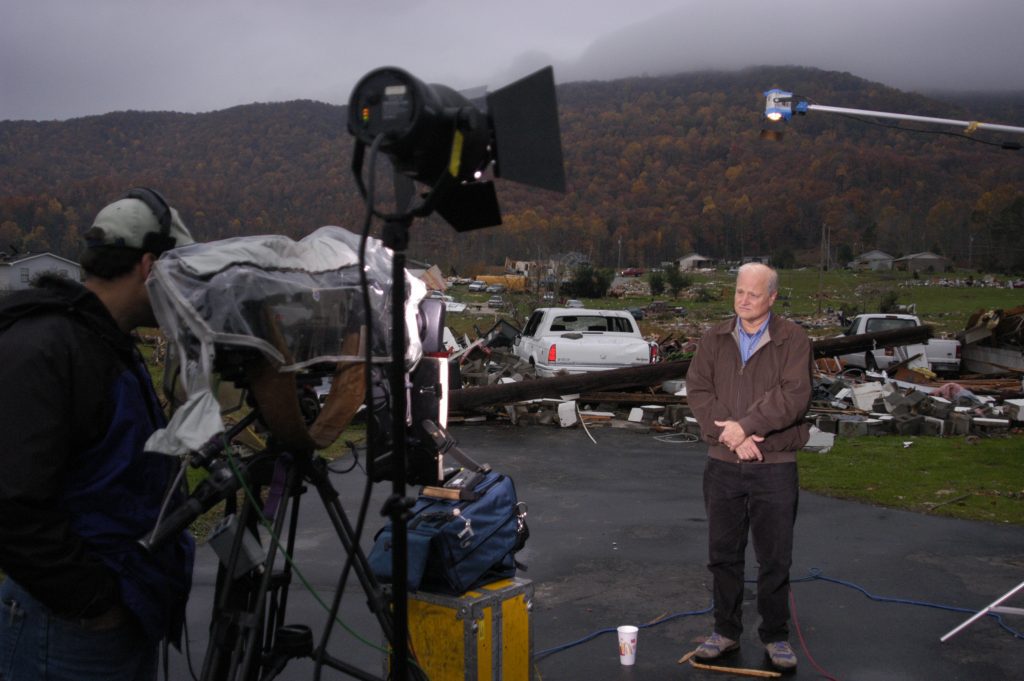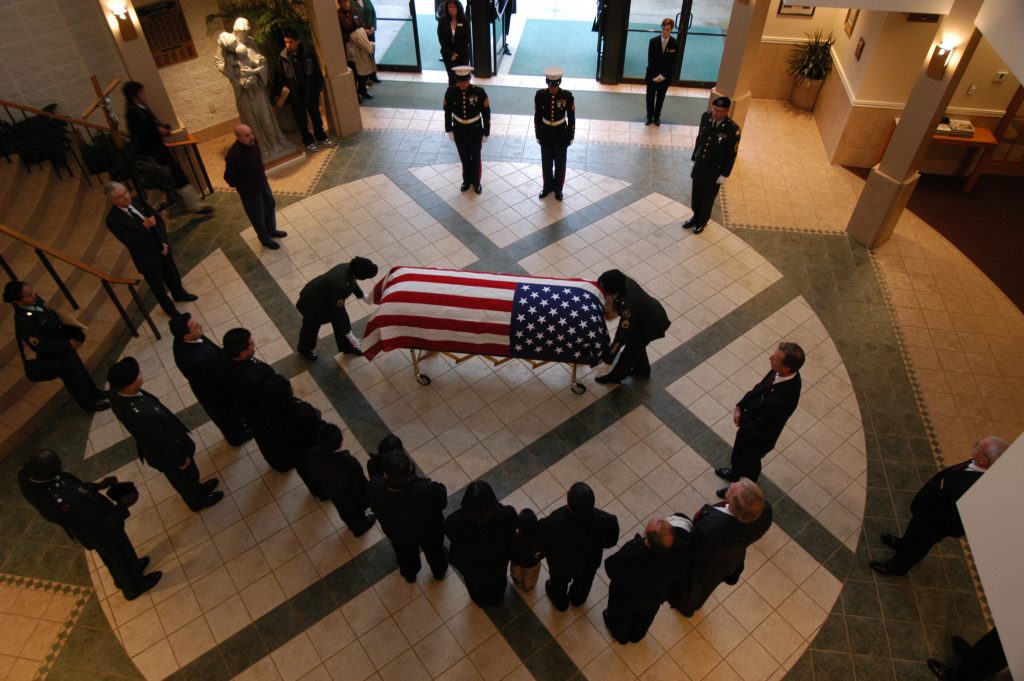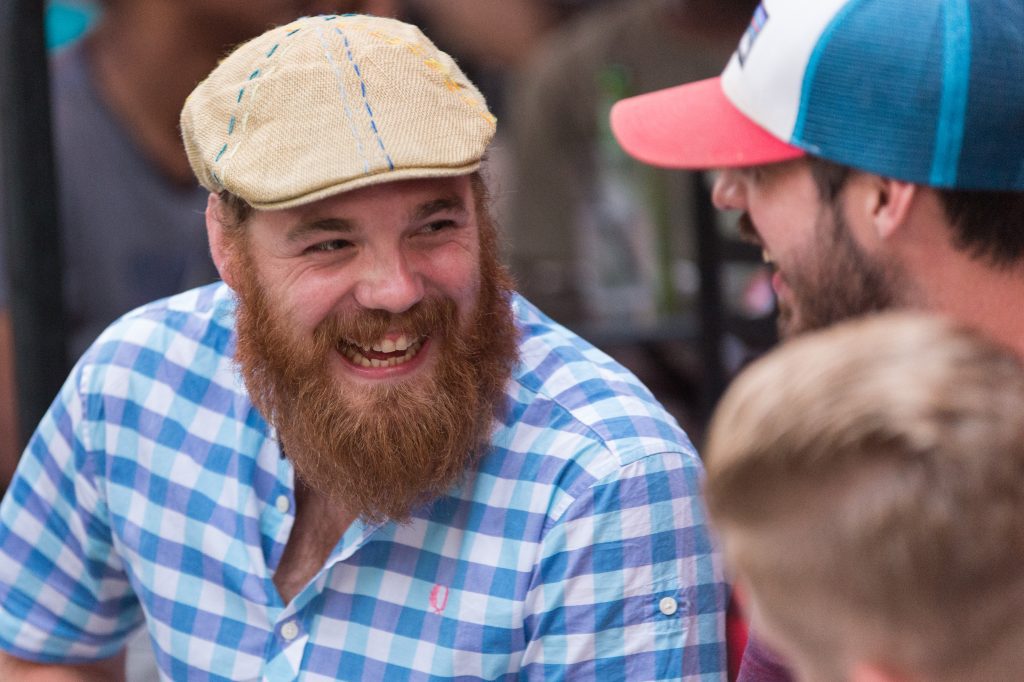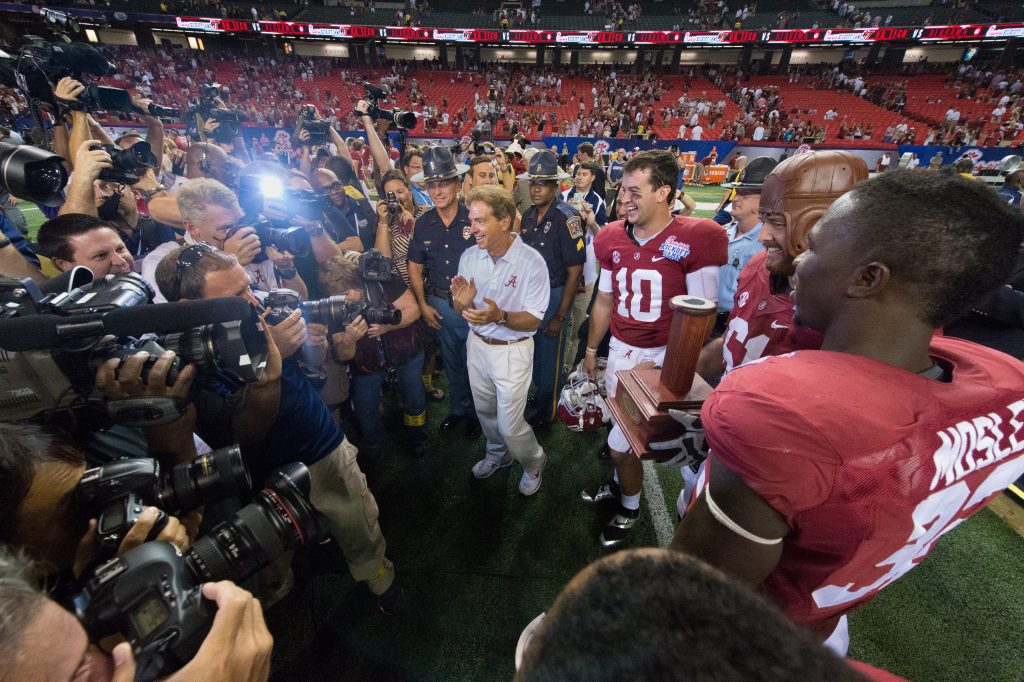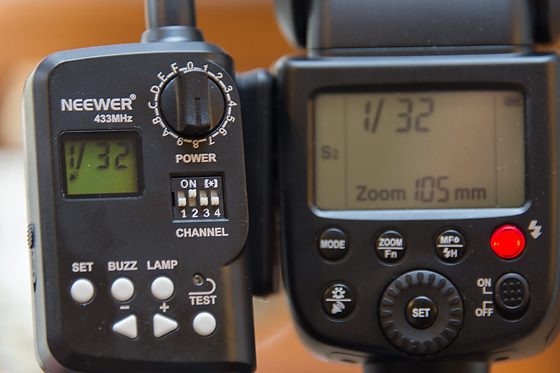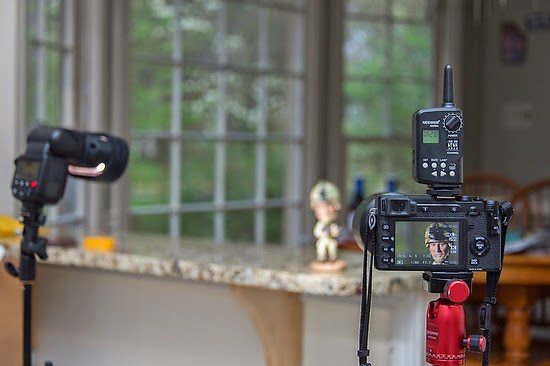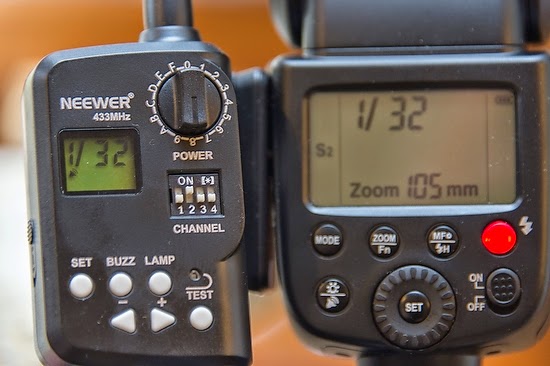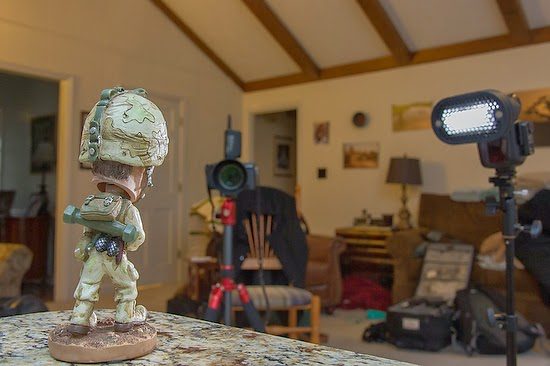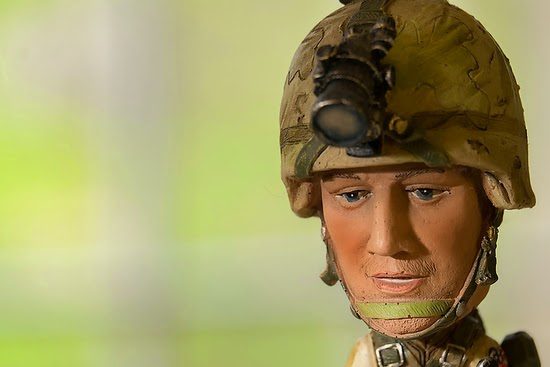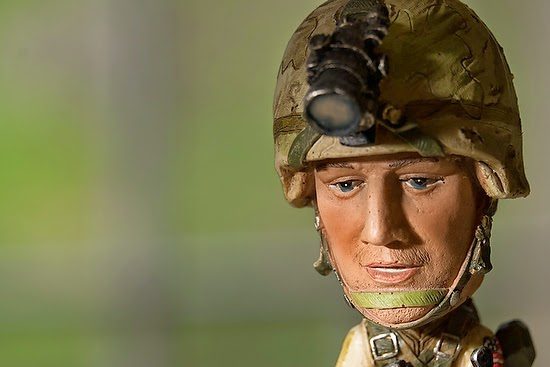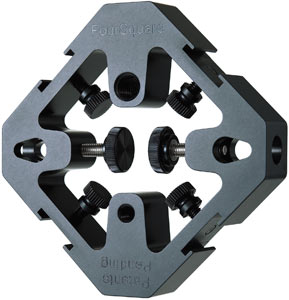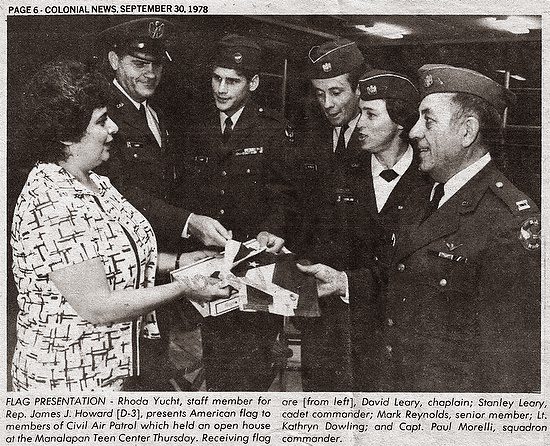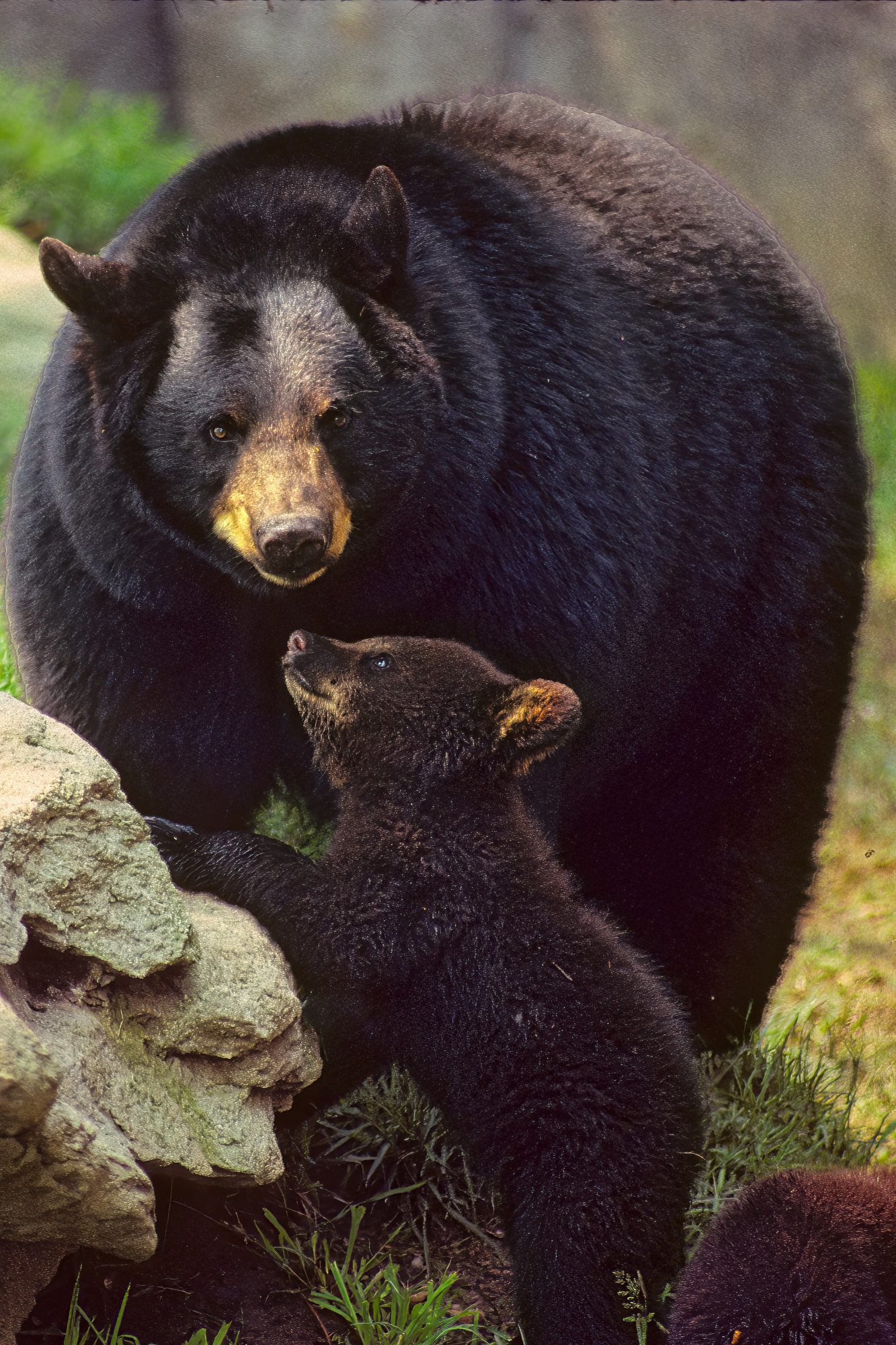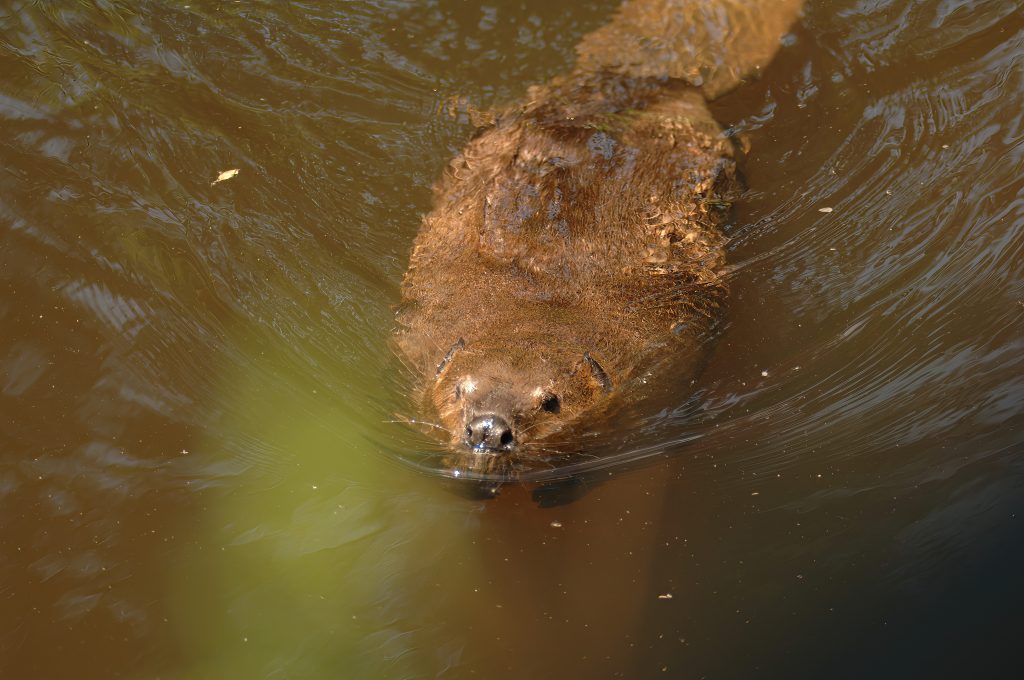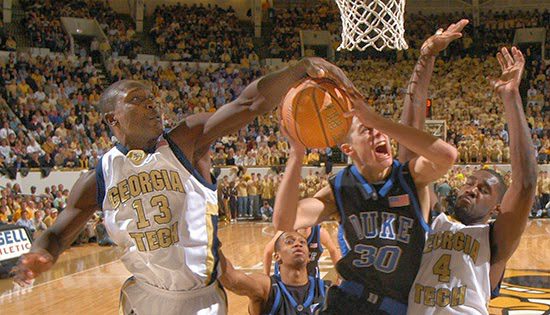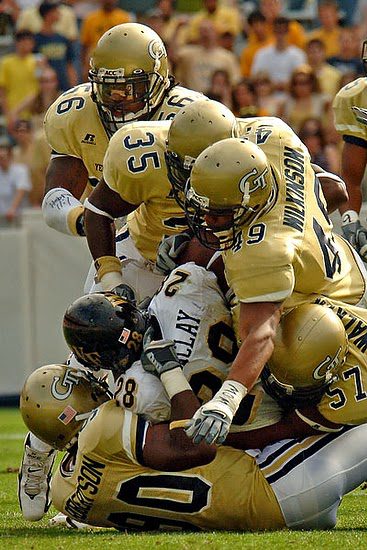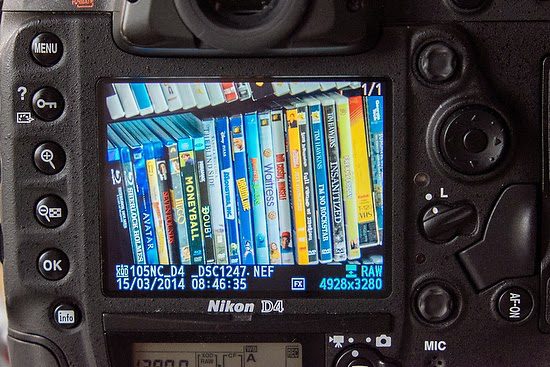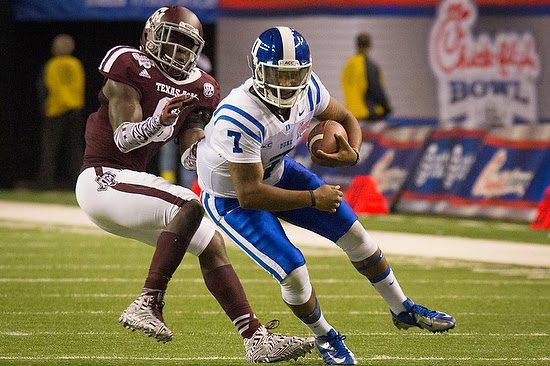Sometimes you will feel like this UNC football player struggling against LSU. Your competition seems to have the upper hand; no matter what you do, nothing seems to be working.
No matter which plays you run, you feel that you have it in for you. But, unfortunately, your competition is taking you down day after day.
You then try to take them out in some way, and they seem to be just beyond your reach, and you cannot catch them at all.
Why the sports analogy?
How many teams this year will have a losing season? How many teams pack it up and get out of the game?
It would help if you acknowledged first that you would lose occasionally. For example, the Super Bowl Champions this year were the Seattle Seahawks. They lost three games last year and were the best team in the league. However, the Super Bowl Champions rarely have a perfect record if they do the year before or after losses.
It would help if you were realistic about how often you lose a client. It happens for a variety of reasons. Most of the reasons you fail a client are often out of your control. You played your best possible game, and the other team had some advantage that day.
Do you have cheerleaders?
One of the best things I have going for me is my family that cheers me on every day. I even have some clients that sell me to their friends, and that helps me get new clients.
Sometimes it is just one person that helps keep you going, but that is what you need. Be sure you have people around you that are your cheerleaders.
Do you have a coach?
Also, it would help if you had a coach. A coach is watching what you are doing and talking to you about your strategy. You can have people cheering you on that want you to succeed, and without the coach to give you a reality check, you will soon disappear from the industry.
Take the time to do like every football team and review the games’ tapes. Then, analyze your actions and see if there is something you can do to improve your game.
Another thing that all sports teams do before playing a team is to analyze their game footage. Remember, those who are beating you all the time know your game. They beat you because they can see your weakness and exploit that with the client.
Did you see the NFL draft?
Last night the NFL teams picked new talent and traded talent off their teams. They have analyzed their weaknesses and are making changes for next season.
This summer, they will have more workouts and refine their team than today.
What are you doing today that you need to stop? What are you not offering your clients that you need to add to your skills?
If you have been through a losing season, this is the time to rebuild. Maybe you need to go to a workshop like the NPPA Multimedia Immersion Workshop, where you learn how to tell stories using audio, video, and stills.
Call me and take a one-day personal workshop on lighting or business practices. A workshop is a capital investment. Like the teams that pay a lot to get the first-round pick, you need to invest in your business, or you may have another losing season.

